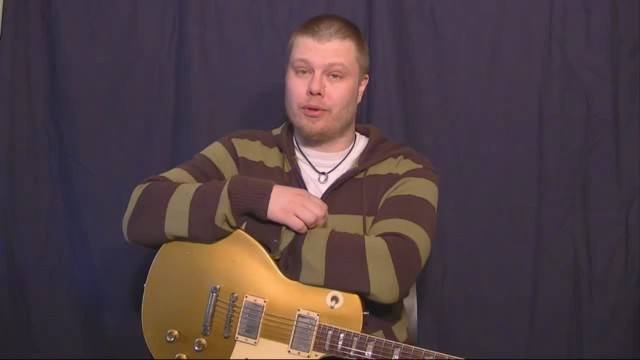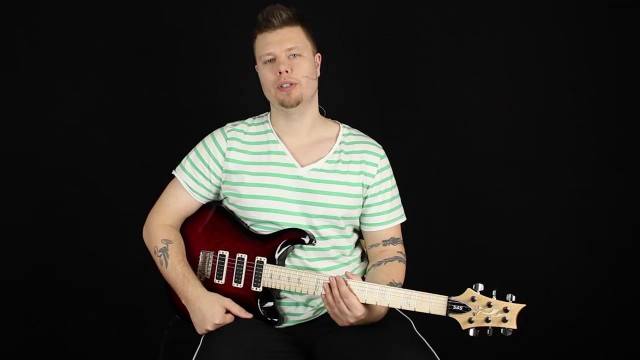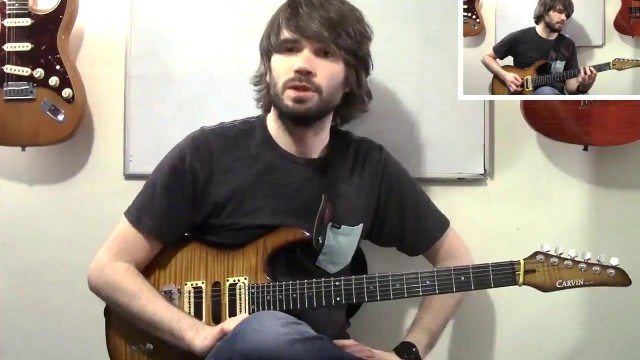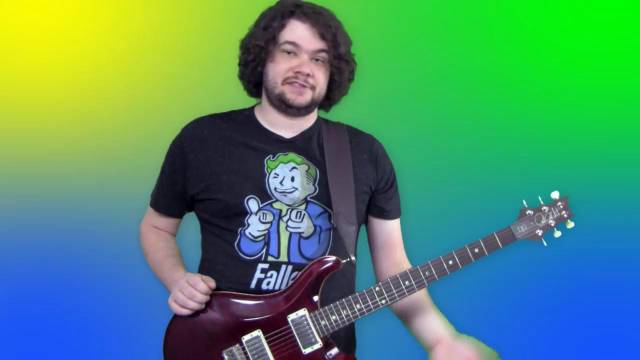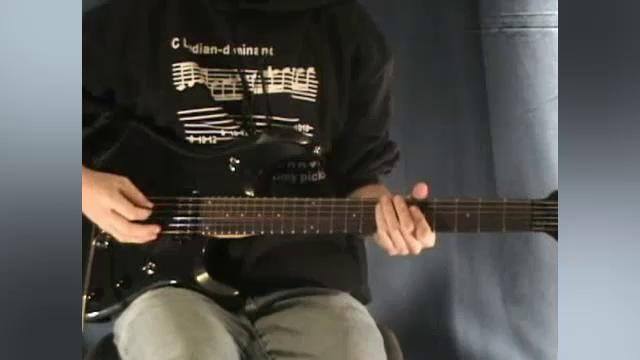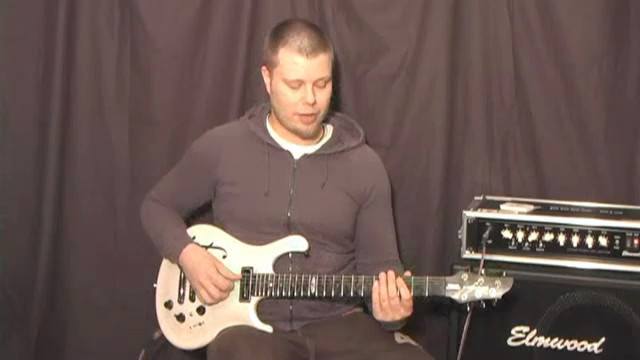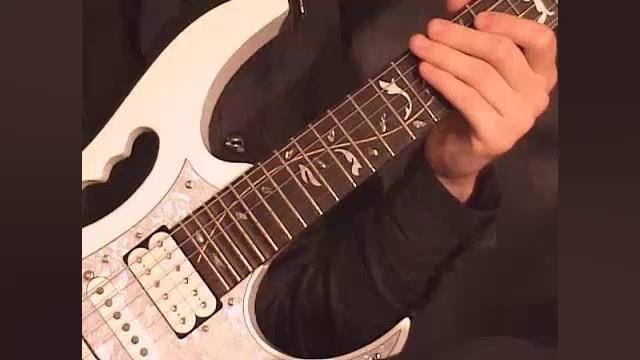In this final part we will try to establish the “sound-character” or individual scales. When we previously sang and played notes over a chord (recorded, a friend playing, or what not), we had a back drop, and a frame of reference that tells our ear what scale we are playing and how it fits over a chord. What we want to do now, is to try to get the individual character of a given scale into our minds, without having to rely on a chord to help us out.
So, take any scale you are currently working on (I suggest starting out with the more common ones) and sing along with the scale, imagining the key you are in, and try to make that scale “sound” like what you want it to be. In the video I give and example where I play D Dorian. D Dorian is the second mode of C major, and contains all the same notes. However, the chord we play, as mentioned above” “tells” our ears what to listen for. So if we play that D Dorian over a C major chord, it will no longer have the sound “character” of a Dorian, but now it will sound Ionian, with C as “ home base” rather than D. What I want you to do here is to play that D Dorian scale (in it’s first position, starting with D) but try to “hear” it as C major.
Another exercise you can try is to play a scale up and down, and then let go of your instrument, and try to sing that scale without your guitar paying along. This will force to retain the scale sound, and it’s individual intervals firmly in your mind. A C major scale might not be a problem, but wait until you try out scales like half-whole diminished, Spanish Phrygian and such. That will be a real challenge to try to sing within these scales, both going up and down, but also going randomly within the scale. A good way to start, once you have all your intervals established, is to sing each interval in the scale from the root. Let’s say you have a D Locrian scale. The scale formula for Locrian is; 1, b2, b3, 4, b5, b6, b7. So this would mean you would go 1-b2. 1b3, 1-4 and so on. Then, you go into singing the whole scale up and down over a chord to see how the scale character sounds with a chord background, and then you go into singing it unsupported. Great exercise, although not something for the beginner.
So, I hope to see you writing in the forums in a couple of months, and describe your progress with these exercises and how they have helped you in playing, transcribing and such. Set high goals for yourself, and work hard to get there.
My personal goal for my ear training is to be able to hear a tune on the radio (riff, lick chord progression or what not), and then later in the day, without ever so much as looking at a guitar, sitting down and accurately transcribing everything I heard earlier in the day, not for note. Also, to be able to compose without my instrument fluently, just being able to visualize in my minds eye a full song, and transcribe it note for note to paper, whilst on an airplane say (Frank Zappa is rumored to have done this for an entire classical orchestra score).
I’m not anywhere near there yet, and who knows, I might not even get there at all, but the main thing is that I have set an inspiring, high goal, for myself that I feel good about working towards.
This type of thing closely resembles a company’s vision statement, the Utopian state that they are always striving for. Then you will also need a corresponding 1-2-5 year plan, or you will get lost on the way without structure and obtainable goals. So, set smaller, realistic and obtainable goals for yourself on a 3-month, 6-month and 1-year basis. Say “in 3 month’s I want to have these 4 intervals established”. This will help you track your progress in the art of ear training, which is often something that people just “let happen” as they go along, and never really structure as they do with their guitar practicing.
So, good luck with all this, and see you in my next tutorial!








